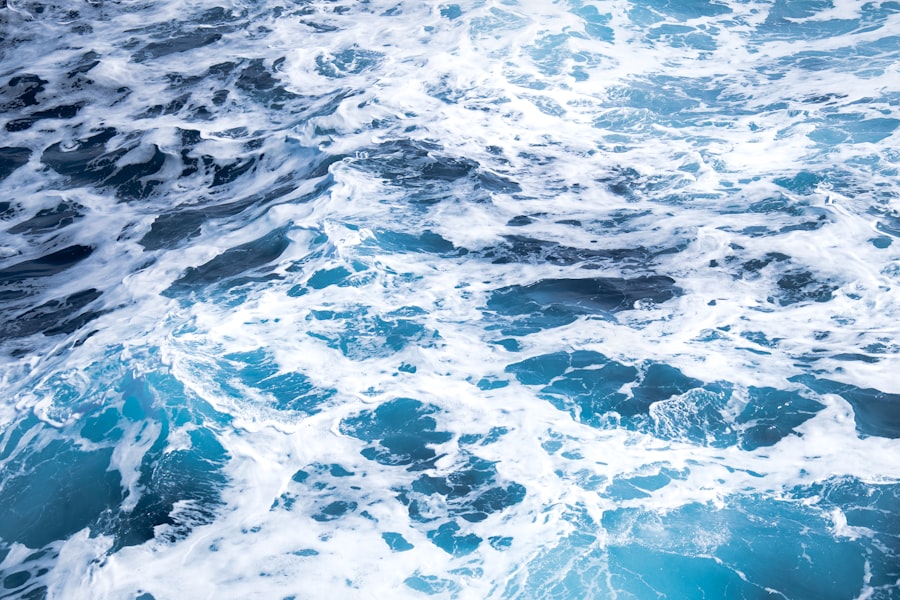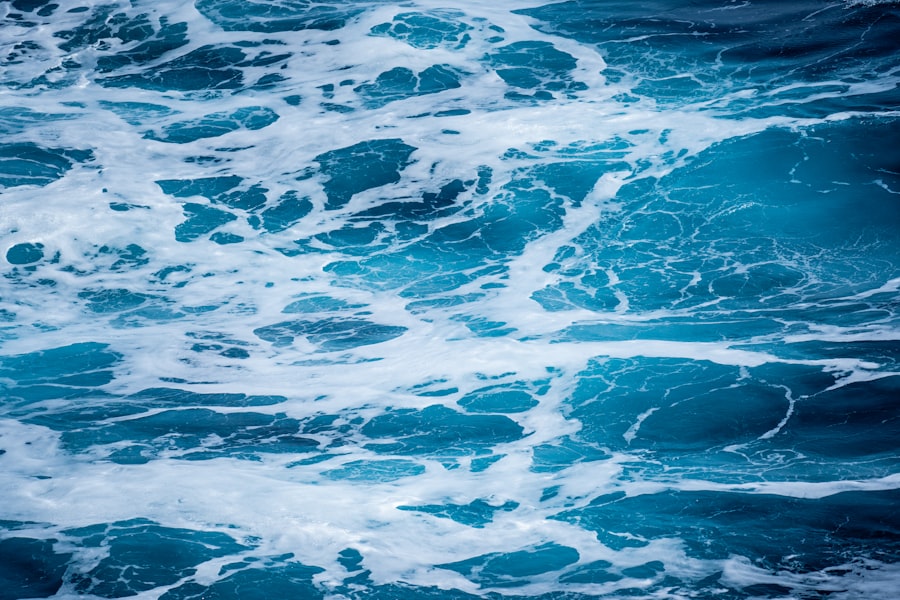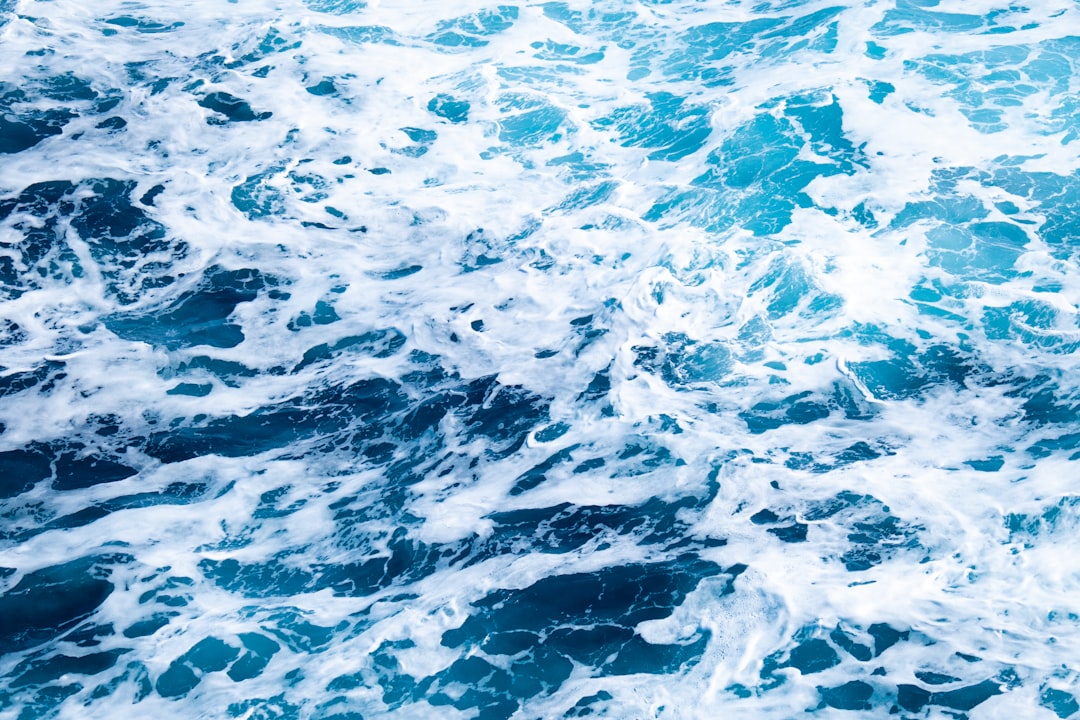The Drake Passage, a body of water situated between the southern tip of South America and Antarctica, is renowned for its tumultuous seas and unpredictable weather. Spanning approximately 600 kilometers (370 miles), this passage serves as a critical maritime route for vessels traveling to and from the Antarctic region. The waters are characterized by their strong currents and high winds, which can create challenging conditions for even the most seasoned sailors.
The passage is named after Sir Francis Drake, the English explorer who navigated these waters in the late 16th century, and it has since become a focal point for adventurers and researchers alike. Geographically, the Drake Passage is significant not only for its role in maritime navigation but also for its ecological importance.
This area is often referred to as the “roaring forties” due to the fierce winds that prevail in the region, making it a place of both beauty and danger. Understanding the dynamics of the Drake Passage is essential for anyone planning to traverse its waters, as it sets the stage for the experiences that await travelers.
Key Takeaways
- The Drake Passage is a body of water between South America’s Cape Horn and the South Shetland Islands of Antarctica, known for its rough seas and challenging sailing conditions.
- The best time to cross the Drake Passage is during the austral summer (November to March) when the weather is milder and wildlife is abundant.
- When choosing a vessel for your crossing, consider factors such as size, stability, and amenities to ensure a comfortable and safe journey.
- Essential items to pack for the Drake Passage include motion sickness medication, warm clothing, waterproof gear, and binoculars for wildlife spotting.
- Safety precautions and emergency procedures are crucial, so familiarize yourself with the ship’s safety protocols and always follow the crew’s instructions.
Best time to cross the Drake Passage
The timing of a crossing through the Drake Passage can significantly influence the experience of travelers. Generally, the best time to embark on this journey is during the Antarctic summer months, which span from late October to early March. During this period, the weather tends to be milder, and sea conditions are often more favorable.
Temperatures can range from just above freezing to a comfortable 10 degrees Celsius (50 degrees Fahrenheit), making it more manageable for those venturing into these icy waters. However, even during the summer months, conditions can be unpredictable. Travelers should be prepared for sudden changes in weather, including storms that can arise without warning.
It is advisable to monitor forecasts closely and remain flexible with travel plans. For those seeking to witness the stunning landscapes and unique wildlife of Antarctica, planning a crossing during this optimal window can enhance the overall experience, allowing for better visibility and opportunities for exploration.
Choosing the right vessel for your crossing

Selecting the appropriate vessel for a crossing of the Drake Passage is crucial for ensuring safety and comfort during the journey. Various types of ships are available, ranging from large cruise liners to smaller expedition vessels. Larger ships often provide more amenities and stability in rough seas, making them a popular choice for those who prioritize comfort.
However, smaller vessels can offer a more intimate experience, allowing travelers to get closer to wildlife and explore remote areas that larger ships cannot access. When choosing a vessel, travelers should consider their personal preferences and priorities. For instance, those interested in educational experiences may prefer expedition ships that offer guided tours and lectures about the unique ecosystems of Antarctica.
On the other hand, individuals seeking luxury may opt for cruise liners that provide upscale accommodations and gourmet dining options. Regardless of the choice, it is essential to ensure that the vessel is equipped with modern safety features and experienced crew members familiar with navigating the challenging waters of the Drake Passage.
Packing essentials for the Drake Passage
| Item | Quantity | Reason |
|---|---|---|
| Waterproof jacket | 1 | Protection from wind and water |
| Warm layers | 3 | To stay warm in cold temperatures |
| Waterproof pants | 1 | Protection from wind and water |
| Sturdy boots | 1 | For walking on uneven terrain |
| Hat and gloves | 1 set | Protection from cold weather |
| Sunscreen | 1 | Protection from UV rays |
| Seasickness medication | As needed | To prevent motion sickness |
Packing appropriately for a journey across the Drake Passage is vital for ensuring comfort and safety during the trip. Given the unpredictable weather conditions, travelers should prepare for a range of temperatures and potential precipitation. Layering is key; packing thermal base layers, waterproof outer layers, and insulated jackets will help keep individuals warm and dry throughout their journey.
Additionally, sturdy waterproof boots are essential for navigating wet decks and disembarking onto icy shores. Beyond clothing, travelers should also consider bringing personal items that enhance their experience. Binoculars are invaluable for wildlife spotting, allowing individuals to observe seals, whales, and seabirds from a distance.
A good camera with a zoom lens can capture breathtaking landscapes and memorable moments during excursions. Furthermore, packing seasickness remedies—whether over-the-counter medications or natural alternatives—can help mitigate discomfort during rough crossings. By preparing thoughtfully, travelers can ensure they are well-equipped to enjoy their adventure across this remarkable passage.
Safety precautions and emergency procedures
Safety should always be a top priority when crossing the Drake Passage. Travelers should familiarize themselves with safety protocols established by their vessel’s crew before embarking on their journey. This includes understanding emergency procedures such as evacuation routes and lifeboat protocols.
Most reputable vessels will conduct safety drills shortly after departure to ensure that all passengers are aware of what to do in case of an emergency. In addition to following onboard safety guidelines, travelers should also take personal precautions to minimize risks associated with rough seas. Wearing life jackets when on deck during turbulent conditions is advisable, as is being mindful of one’s surroundings to avoid slips or falls on wet surfaces.
Staying hydrated and well-nourished can also help maintain energy levels during long crossings. By remaining vigilant and prepared, travelers can navigate the Drake Passage with confidence.
Tips for managing seasickness

Seasickness is a common concern for many travelers embarking on a journey across the Drake Passage. The combination of rolling waves and strong winds can lead to discomfort even among those who typically do not experience motion sickness. To mitigate these effects, individuals can take several proactive steps before and during their crossing.
One effective strategy is to choose accommodations in the middle of the ship, where motion is less pronounced compared to cabins located at either end. In addition to selecting an optimal location on board, travelers may benefit from taking seasickness medication prior to departure.
Natural remedies like ginger or acupressure wristbands may also provide relief for some individuals. Staying hydrated and consuming light meals can further help manage nausea during rough patches at sea. By employing these strategies, travelers can enhance their chances of enjoying a smoother crossing.
Wildlife spotting in the Drake Passage
One of the most exhilarating aspects of crossing the Drake Passage is the opportunity to observe an array of wildlife in their natural habitat. The waters are teeming with life, including various species of whales such as humpbacks, orcas, and minke whales that often breach or spout nearby vessels. Additionally, seabirds like albatrosses and petrels glide gracefully above the waves, providing stunning sights against the backdrop of dramatic ocean vistas.
For avid wildlife enthusiasts, having binoculars on hand is essential for spotting these magnificent creatures from a distance. Many vessels also offer guided excursions led by knowledgeable naturalists who can provide insights into animal behavior and ecology. These experts often share tips on where to look for specific species and how to identify them based on their unique characteristics.
Engaging with these guides can enrich the experience of wildlife spotting in the Drake Passage, making it an unforgettable part of any journey.
Activities and entertainment on board
While crossing the Drake Passage can be an adventure in itself, many vessels offer a variety of activities and entertainment options to keep passengers engaged during their journey. Onboard lectures led by experts in marine biology, geology, or history provide valuable insights into the regions being traversed and enhance passengers’ understanding of their surroundings. These educational sessions often include multimedia presentations that bring topics to life.
In addition to educational opportunities, many ships feature recreational amenities such as lounges, fitness centers, and spas where travelers can unwind after long days of exploration. Evening entertainment may include movie screenings or themed dinners that celebrate local cuisine or culture. Engaging with fellow passengers through social activities fosters camaraderie among travelers who share a passion for adventure and exploration.
By participating in these onboard activities, individuals can make their crossing through the Drake Passage even more enjoyable.
Navigating the Drake Passage: A day-by-day itinerary
A typical itinerary for navigating the Drake Passage often spans several days, allowing travelers ample time to experience both the crossing itself and subsequent explorations in Antarctica. The journey usually begins with departure from Ushuaia, Argentina—the southernmost city in the world—where passengers board their vessel and receive an orientation briefing from crew members. As the ship sets sail into the Drake Passage, passengers may spend one or two days at sea before reaching their first destination in Antarctica.
During this time, they can participate in onboard activities while keeping an eye out for wildlife sightings along the way. Once they arrive at their first port of call—such as Deception Island or Paradise Bay—excursions may include guided landings via zodiacs or opportunities for kayaking among icebergs. The itinerary may continue with visits to various research stations or wildlife-rich areas over several days before making the return journey through the Drake Passage back to Ushuaia.
Each day presents new opportunities for exploration and discovery, ensuring that travelers leave with lasting memories of their adventure.
Historical significance of the Drake Passage
The historical significance of the Drake Passage extends far beyond its challenging waters; it has played a pivotal role in maritime exploration since its discovery by European navigators in the 16th century. Sir Francis Drake’s expedition through these treacherous seas marked one of the first recorded crossings between the Atlantic and Pacific Oceans—a feat that opened new trade routes and expanded knowledge about global geography. Throughout history, many explorers have braved these waters in search of new lands or scientific discoveries.
The passage has been both a gateway to Antarctica’s vast wilderness and a barrier that has tested countless sailors’ mettle over centuries. Today, it remains an important route for research expeditions aimed at studying climate change impacts on polar ecosystems—a testament to its ongoing relevance in contemporary exploration.
Making the most of your Drake Passage experience
To truly make the most of a journey across the Drake Passage, travelers should embrace both preparation and spontaneity throughout their adventure. Engaging with crew members and fellow passengers fosters connections that enrich experiences onboard while sharing stories about wildlife sightings or personal travel anecdotes creates lasting memories. Additionally, maintaining an open mind about unexpected challenges—such as rough seas or changing weather—can lead to unique experiences that might not have been anticipated initially.
Whether it’s witnessing an awe-inspiring sunset over turbulent waters or encountering wildlife up close during an excursion, embracing each moment allows travelers to fully appreciate all that this remarkable passage has to offer. In conclusion, crossing the Drake Passage is not merely a transit; it is an adventure filled with opportunities for discovery and connection with nature’s wonders. By understanding its complexities—from timing and vessel selection to safety precautions—travelers can embark on this journey equipped with knowledge that enhances their overall experience while navigating one of Earth’s most iconic maritime routes.
The Drake Passage, known as “Drake Passage nedir” in Turkish, is a significant body of water that connects the Atlantic and Pacific Oceans between the southern tip of South America and Antarctica. For those interested in exploring more about geographical wonders and their historical significance, an article on MyGeoQuest provides insightful information. This resource delves into various geographical phenomena, offering a broader understanding of the natural world and its intricate connections.
WATCH NOW! Drake Passage: Earth’s Deadliest Waters Revealed
FAQs
What is the Drake Passage?
The Drake Passage is a body of water located between the southern tip of South America and the northern tip of the Antarctic Peninsula. It connects the Atlantic Ocean to the east with the Pacific Ocean to the west.
Why is the Drake Passage significant?
The Drake Passage is significant because it represents the shortest and most direct route for oceanic travel between the Atlantic and Pacific Oceans in the Southern Hemisphere. It is also known for its notoriously rough and unpredictable seas, making it a challenging passage for ships to navigate.
What is the weather like in the Drake Passage?
The weather in the Drake Passage is characterized by strong winds, high waves, and rapidly changing conditions. The area is known for its stormy and turbulent weather, which can make crossing the passage a daunting experience for sailors and passengers alike.
What wildlife can be found in the Drake Passage?
The Drake Passage is home to a diverse range of marine wildlife, including various species of whales, dolphins, seals, and seabirds. It is also a popular feeding ground for many marine animals due to the nutrient-rich waters brought up from the depths by the Antarctic Circumpolar Current.
How is the Drake Passage used for scientific research?
The Drake Passage is an important area for scientific research, particularly in the fields of oceanography, climatology, and marine biology. Its unique oceanic and atmospheric conditions make it an ideal location for studying the effects of climate change and ocean circulation in the Southern Ocean.
